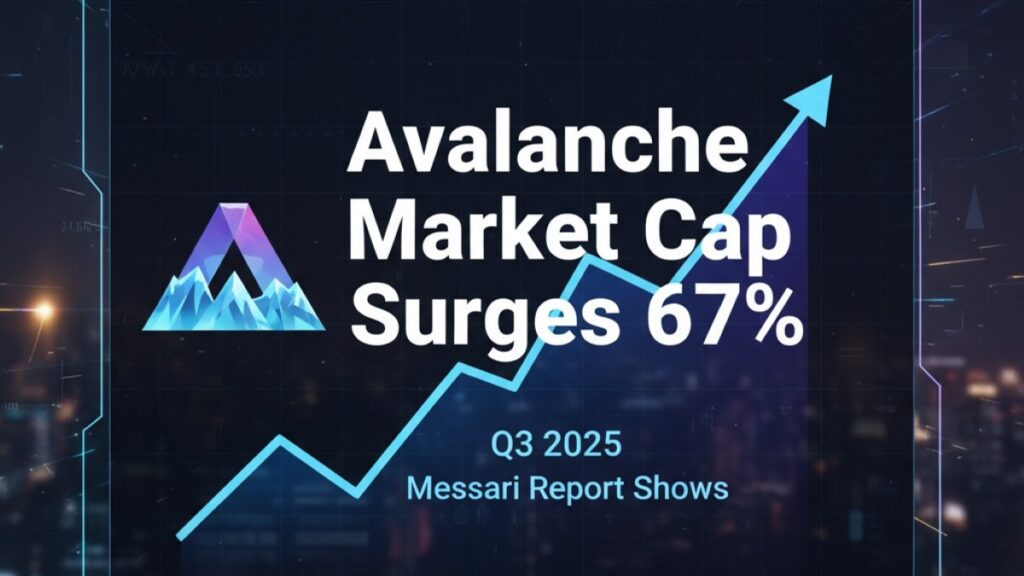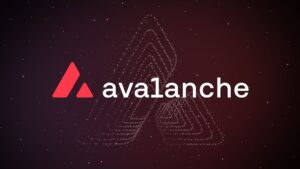TL;DR:
- Avalanche’s market cap rose 67% in Q3 2025, hitting $16.8B.
- DeFi activity and subnet expansion drove major user and revenue growth.
- Institutional adoption of Avalanche’s subnets strengthens long-term outlook.
Avalanche has recorded one of its strongest quarters to date. According to Messari’s State of Avalanche Q3 2025 report, the network’s market capitalization surged by 67%, reaching $16.8 billion by the end of September. This growth reflects renewed investor confidence, bolstered by a rebound in DeFi activity and increased participation from institutional players. The report highlights that Avalanche continues to solidify its role as one of the most active ecosystems in the Layer-1 space.
DeFi growth, subnet expansion, and institutional momentum drive Avalanche’s rally
DeFi resurgence and user engagement fueled the quarter’s momentum. Total value locked (TVL) on Avalanche grew by 55% in Q3, driven by the expansion of liquidity on platforms such as Benqi, Trader Joe, and DeltaPrime. Daily active addresses also climbed by 42%, while network revenue reached $6.1 million, up 63% quarter-over-quarter. These metrics underline a steady recovery in user activity and trading volume after a prolonged market cooldown earlier in the year.

Subnets continue to be a defining feature of Avalanche’s scalability strategy. Messari reported over 130 subnets deployed, with 20 new ones launched during the quarter. The introduction of the HyperSDK upgrade simplified subnet creation, allowing developers to customize blockchains tailored to specific applications. Gaming and real-world asset (RWA) subnets, in particular, saw rapid growth, reflecting Avalanche’s versatility across use cases beyond DeFi.
Institutional adoption is becoming a key pillar of Avalanche’s expansion. The report notes that several financial institutions have shown interest in deploying permissioned subnets to test tokenization and settlement solutions. Partnerships with firms in Latin America and Asia have also contributed to the ecosystem’s global expansion. This institutional momentum, coupled with technical innovations and network scalability, positions Avalanche as a strong contender in the next market cycle.
Looking ahead, Messari suggests Avalanche’s long-term sustainability depends on balancing scalability with decentralization. The report concludes that the network’s economic and technical fundamentals remain robust, with ongoing developer engagement and ecosystem diversity likely to support continued growth into 2026.










